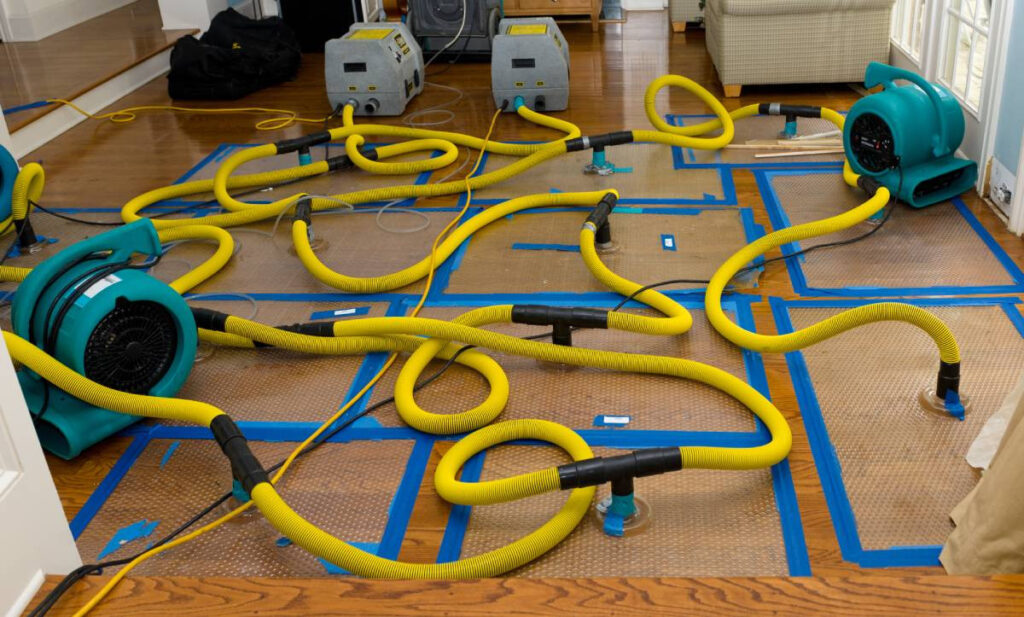
Storms in the Pacific Northwest are known for their intensity, often bringing fierce winds and relentless rain. In a city like Seattle, where weather can turn in an instant, being prepared for wind and water damage is essential for homeowners and business owners alike. If your property has been impacted by a recent storm, it’s important to act quickly to minimize the damage and ensure a safe and efficient recovery. For professional assistance, contacting a Northwest Restoration can make all the difference.
Step 1: Ensure Personal Safety First
After a storm, safety should be your top priority. Before inspecting any damage, make sure the storm has fully passed and it’s safe to go outside. Watch out for downed power lines, broken glass, and unstable structures. If there is any chance that electrical systems may have been compromised due to water intrusion, shut off power at the breaker box and avoid using any electrical appliances.
If the damage is extensive, or if you’re unsure whether it’s safe to enter your property, wait for emergency responders or a professional inspection before proceeding.
Step 2: Document the Damage
Before you begin cleaning up or making any repairs, document all visible damage. Take clear photos and videos of affected areas, including:
- Roof and siding damage
- Flooded or waterlogged interiors
- Broken windows or doors
- Fallen trees or debris
These images are crucial for filing insurance claims and can help ensure you receive adequate compensation for repairs.
Step 3: Contact Your Insurance Provider
Reach out to your homeowners or business insurance company as soon as possible. Many insurers have specific requirements for filing storm damage claims, and early notification can expedite the process. Provide them with your documented photos and a description of the damage. Keep records of all communication and any expenses incurred due to temporary repairs or displacement.
Step 4: Prevent Further Damage
Once it’s safe to do so, take steps to prevent additional damage to your property. This might include:
- Tarping over holes in the roof
- Boarding up broken windows
- Removing standing water using wet vacs or pumps
- Placing buckets or containers under leaks
Acting quickly can help mitigate mold growth and structural deterioration. However, avoid making permanent repairs until after your insurance adjuster has inspected the property.
Step 5: Call in the Professionals
Even minor water damage can lead to serious problems if not addressed correctly. Moisture can seep into walls, flooring, and insulation, leading to mold growth and long-term structural damage. Likewise, wind damage may weaken your roof or foundation, leaving your home vulnerable to future storms.
This is where a qualified Northwest Restoration comes in. Restoration experts are trained to assess both visible and hidden damage, remove excess water, dry out affected areas, and restore your property to its pre-storm condition. Their experience and equipment can make a huge difference in the speed and quality of recovery.
Step 6: Mold Prevention and Remediation
In Seattle’s damp climate, mold is a common concern following storm-related water damage. Mold can begin to grow within 24 to 48 hours in moist environments, posing health risks and further damaging your home.
A professional restoration team will use industrial-grade dehumidifiers and air movers to thoroughly dry out the space. If mold is already present, they will conduct mold remediation to safely remove and treat affected areas.
Step 7: Repair and Rebuild
Once the affected area is dry and free of contaminants, the repair and rebuilding phase begins. This can include:
- Replacing drywall, flooring, and insulation
- Repainting walls
- Installing new roofing or siding
- Repairing plumbing or electrical systems
Depending on the extent of the damage, this stage may take several days to several weeks. Your restoration company can help coordinate with insurance adjusters and contractors to ensure a smooth process.
Step 8: Future-Proof Your Property
After recovery, it’s worth considering ways to protect your home from future storms. Here are some suggestions:
- Install storm shutters or impact-resistant windows
- Reinforce your roof and gutters
- Keep trees trimmed and clear of power lines
- Ensure proper drainage around your property
- Use water-resistant materials for basement and ground-level rooms
Being proactive about storm preparedness can help you avoid repeat damage and reduce future repair costs.
Conclusion
Dealing with storm damage is stressful, but having a clear plan and the right support can ease the burden. From the initial safety check to the final repairs, knowing what to do after a storm hits can protect both your property and your peace of mind. Whether it’s water intrusion, wind destruction, or mold concerns, partnering with a reliable Seattle restoration company can ensure that your home is restored safely, efficiently, and professionally.
NAP:
Northwest Restoration
4403 Russell Rd # 104, Mukilteo, WA 98275
206-944-5759